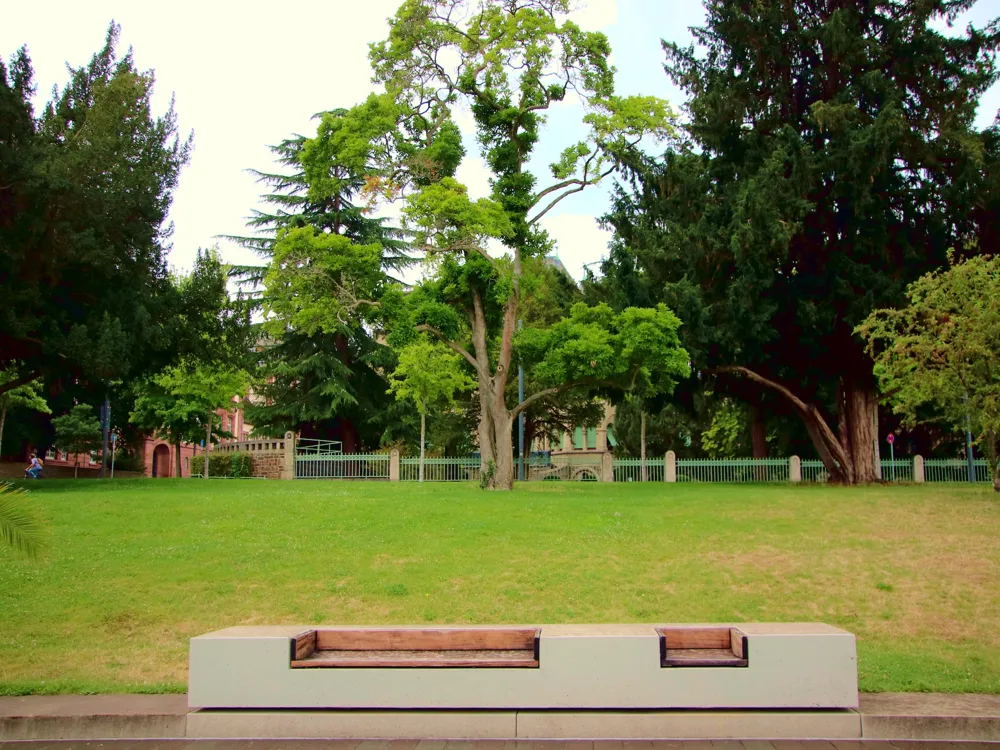Tukeswari, located in the heart of Goalpara, Assam, is a significant historical and cultural landmark, renowned for its religious importance and architectural splendor. This sacred site, nestled amidst the lush greenery of Northeast India, offers a unique blend of spiritual solace and historical exploration. The temple of Tukeswari, dedicated to Goddess Tukeswari, is a revered place of worship, attracting pilgrims and tourists alike. The serene ambiance, coupled with the rich cultural heritage, makes Tukeswari a must-visit destination for those seeking a blend of devotion, peace, and exploration. The history of Tukeswari is steeped in legends and folklore, dating back centuries. It is said to be one of the 51 Shakti Peethas, where the body parts of Goddess Sati fell. The temple stands as a testament to the ancient religious practices and beliefs that have been preserved over the years. The annual festivals and rituals held here are not just a display of religious fervor but also a celebration of the age-old traditions and the vibrant culture of Assam. As visitors walk through the temple premises, they are enveloped in a sense of timelessness, with the past and present merging seamlessly. The architecture of Tukeswari is a splendid example of the artistic and engineering prowess of ancient Assam. The temple, primarily built of stone and wood, showcases intricate carvings and sculptures that depict various deities and mythological scenes. These carvings are not just decorative elements but also serve as a medium to narrate the rich mythology and religious beliefs of Hinduism. The temple's design reflects a harmonious blend of various architectural styles, incorporating elements from local Assamese designs as well as influences from other regions of India. One of the most striking features of the Tukeswari temple is its shikhara (spire), which towers majestically over the surrounding landscape. The shikhara is adorned with detailed carvings and is a fine example of the Nagara style of temple architecture. The temple complex also includes several subsidiary shrines and a large pond, which is considered sacred by the devotees. The pond not only adds to the aesthetic beauty of the temple but also plays an important role in the temple rituals. The ideal time to visit Tukeswari is between November and March when the weather is pleasant and conducive for exploration. This period also coincides with several local festivals, offering visitors a chance to experience the cultural richness of Assam. Visitors are encouraged to dress modestly and adhere to the temple's dress code. It's also important to respect the local customs and rituals, especially during religious ceremonies and festivals. While photography is allowed in certain areas of the temple complex, it's advisable to check with the temple authorities and respect any restrictions, especially in the inner sanctum. Tukeswari is easily accessible by various modes of transportation. The nearest airport is in Guwahati, from where one can hire taxis or take buses to Goalpara. The region is also well-connected by rail, with the nearest railway station being in Goalpara town. For those preferring road travel, a network of well-maintained roads connects Tukeswari with major cities and towns in Assam. Read More:Overview of Tukeswari, Goalpara, Assam
Architecture of Tukeswari
Tips When Visiting Tukeswari
Best Time to Visit
Respecting Local Customs
Photography Guidelines
How To Reach Tukeswari
Tukeswari
Goalpara
Assam
NaN onwards
View goalpara Packages
Goalpara Travel Packages
View All Packages For Goalpara
Top Hotel Collections for Goalpara

Private Pool

Luxury Hotels

5-Star Hotels

Pet Friendly
Top Hotels Near Goalpara
Other Top Ranking Places In Goalpara
View All Places To Visit In goalpara
View goalpara Packages
Goalpara Travel Packages
View All Packages For Goalpara
Top Hotel Collections for Goalpara

Private Pool

Luxury Hotels

5-Star Hotels

Pet Friendly





















